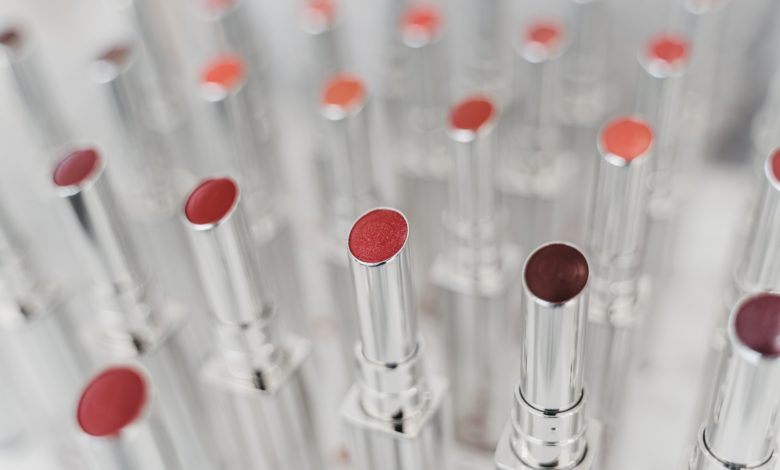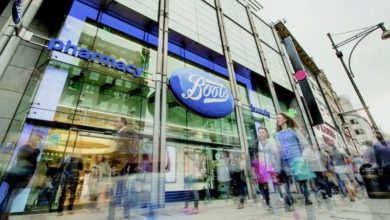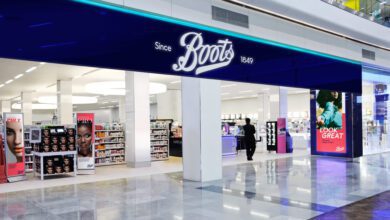Health & BeautyNews
Can beauty retailers remain resilient through the winter?
While many retailers have recently reported profit losses, a string of beauty businesses have come out on top with resilient trading over recent quarters, but can they remain resilient over a difficult festive period?

You'll need to
subscribe to unlock this content. Already subscribed? Login?






